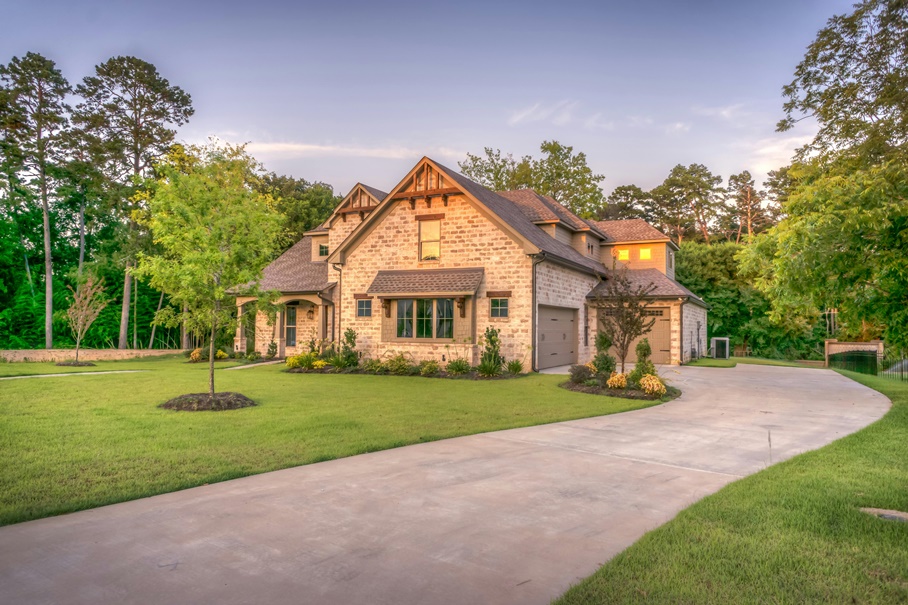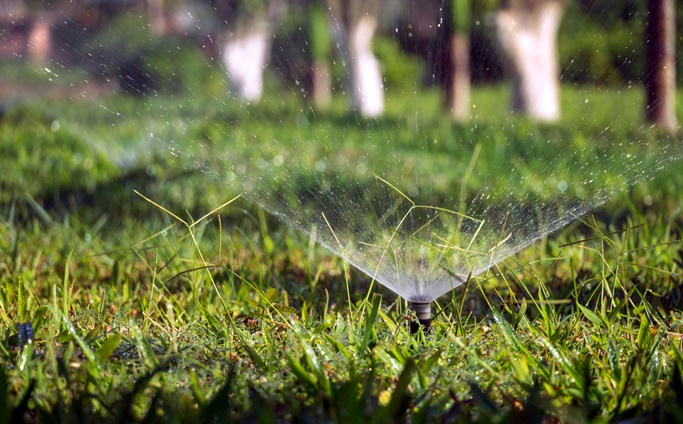What to Know About Residential Landscaping in Utah and If You Hire a Professional
Key Takeaways:
- Use Utah native, drought-tolerant plants and water-wise techniques to conserve water and maintain a healthy landscape year-round.
- Utah landscaping blends hardscaping (patios, walkways, walls) and softscaping (plants, trees, ground covers) for functional, attractive, and eco-friendly outdoor spaces.
- Hiring a local landscaping contractor offers professional expertise, ensuring efficient design, regulatory compliance, and long-term success for a beautiful, low-maintenance yard that boosts curb appeal and property value.
Residential landscaping is more than mowing the lawn or planting a few flowers. It’s an investment in your home’s curb appeal, value, and environmental footprint. For Utah homeowners, landscaping presents unique challenges and opportunities due to the state’s arid climate, frequent droughts, and temperature extremes. Thoughtful landscaping not only enhances the beauty of your property but also promotes sustainability and long-term financial benefits.
The Importance of Residential Landscaping in Utah
The landscape in front of your home makes a strong first impression on visitors and potential buyers, for good or bad. A landscape that is well-designed can significantly boost your home’s curb appeal and property value. Beyond aesthetics, residential landscaping in Utah plays a crucial environmental role. By choosing the right plants and techniques, you can conserve water, support local wildlife, and create an inviting outdoor space that thrives in Utah’s unique climate.
Utah’s hot, dry summers, cold winters, and limited rainfall necessitate strategic planning and sustainable practices to ensure your landscape remains healthy and attractive throughout the year.
Do’s and Don’ts of Utah Residential Landscaping
Do’s:
- Use Native and Drought-Tolerant Plants: Native species, such as Utah serviceberry, blue flax, and Indian paintbrush, are adapted to local conditions, requiring less water and maintenance. These plants also support local wildlife and biodiversity.
- Implement Water-Wise Techniques: Drip irrigation, mulching, and hydrozoning (grouping plants by water needs) help conserve water and keep your garden thriving. Automated irrigation systems further improve efficiency and consistency.
- Plan for Aesthetics and Functionality: Incorporate pathways, patios, and outdoor living spaces to increase the usability and enjoyment of your yard.
- Prune Regularly: Maintain the health and shape of trees and shrubs by regularly pruning and monitoring them for pests or diseases.
- Enhance Soil Health: Use compost and organic amendments to improve soil structure and water retention, reducing the need for frequent watering.
Automate Irrigation: Timers and smart controllers ensure your plants receive the right amount of water, even when you’re away.
Don’ts:
- Avoid Overwatering and Non-Native Plants: Non-native, water-thirsty plants can struggle in Utah’s climate and increase your water bill.
- Don’t Neglect Soil Preparation: Proper soil preparation and plant placement are essential for healthy root development and long-term success.
- Limit Lawn Areas: Excessive turf requires more water and maintenance. Opt for practical turf areas and use ground covers or xeriscaping where possible.
- Minimize Chemical Use: Rely on integrated pest management (IPM) strategies instead of heavy chemical pesticides to protect your landscape and the environment.
Hardscaping vs. Softscaping: Building a Balanced Landscape
Hardscaping makes up all the non-living elements in your landscape, such as patios, walkways, retaining walls, decks, and stone features. These structures add usability, define spaces, and help manage slopes or erosion. For example, a well-placed retaining wall can prevent soil runoff while creating a visually appealing terrace.
Softscaping includes all living components—grass, shrubs, trees, flowers, and ground covers. These elements provide greenery, attract pollinators, and enhance curb appeal. Softscaping is essential for creating a lush, inviting atmosphere and supporting local ecosystems.
A successful Utah landscape seamlessly integrates both hardscaping and softscaping, striking a balance between structure and natural beauty for a cohesive and functional design.
Why Hire or Consult with a Landscaping Contractor?
While DIY landscaping is possible, consulting with or hiring a professional landscaping contractor offers significant benefits, especially in Utah’s challenging environment.
Local Expertise: Contractors understand Utah’s climate, soil types, and the best plant selections for low-maintenance, sustainable landscapes.
Efficient Planning and Execution: Professionals design landscapes that maximize curb appeal and functionality while minimizing upkeep.
Water Conservation and Sustainability: Experienced contractors implement advanced irrigation and water-wise practices, helping you save water and money.
Compliance and Quality: Licensed contractors ensure your landscape meets local guidelines and best practices, reducing the risk of costly mistakes or code violations.
Long-Term Value: Proper installation and ongoing maintenance protect your investment and enhance your property’s value.
Ongoing Support: Many contractors offer maintenance plans and expert advice to keep your landscape healthy and beautiful throughout the year.
Conclusion
Residential landscaping in Utah requires a thoughtful, sustainable approach that balances beauty, functionality, and environmental responsibility. By following best practices—such as using native plants, conserving water, and integrating hardscape and softscape elements—you can create an outdoor space that thrives in Utah’s unique climate. For optimal results and peace of mind, consult with experienced professionals who understand the local landscape and can help you achieve a stunning, low-maintenance yard that adds value and enjoyment to your home.

